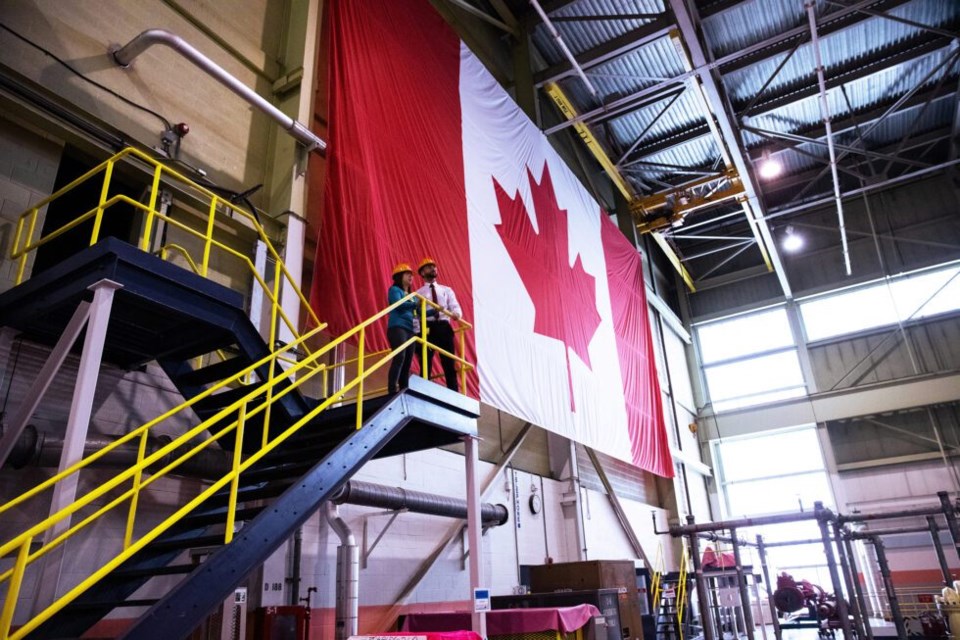Ontario Power Generation (OPG) is looking to the waters of Northern Ontario as they examine potential solutions to a projected energy shortfall in the province over the next several years.
Population growth, decarbonization, electrification, growth in industry (e.g. mining) and the partial decommissioning of Pickering Nuclear Generating Station are all factors driving a projected increase in energy demand. In fact, some estimates indicate that the province will need to double its generating capacity over the next 20 years.
In addition to nuclear, gas, biomass, and solar generation, OPG operates 66 hydroelectric generating stations and 240 water control dams throughout the province. Earlier this year, the publicly-owned electricity generator released the Made in Ontario Northern Hydroelectric Opportunities Report, a document requested by the Ontario Ministry of Energy, which examines the potential for new hydroelectric development in Northern Ontario. The report outlined 3,000-4,000 megawatts of hydro generation potential across the province, with about 1,200 megawatts of that potential flowing through Northern Ontario. Pockets of potential have been identified in the Moose River Basin in the Northeast, as well as the Albany River in the Northwest.
“We know that the energy supply solution will require a diverse mix of generation,” said Ahmad Al-Ali, Director of Business Development at OPG. “But we’re focused on hydroelectric generation as part of the solution, especially in the North where we have untapped rivers and a lot of water.”
While OPG examines new hydroelectric development, which involves longer timelines, the company will also look to increase capacity through other initiatives, such as upgrading existing infrastructure. This includes adding generation at existing control dams, upgrading existing stations, and redeveloping other generating facilities to maximize their performance for Ontario’s electricity grid.
“There are many benefits to hydroelectric generation and these all link back to the reason we’d like to build more hydro in the North,” said Al-Ali. “Hydro is a clean, low-emitting source of power, which supports decarbonization. It’s a very reliable and flexible source of power that lasts more than 100 years in most cases. Our redevelopment and overhaul programs ensure that these assets continue to perform for generations to come.”

Another significant benefit of hydro is the opportunity it brings for collaboration with Indigenous communities. In 2022, OPG released its first Reconciliation Action Plan, which outlines goals and tactics that have been put into place to advance reconciliation, including economic empowerment. New hydro development will not take place without Indigenous communities at the helm of these projects, which can bring long-term revenue streams through partnerships. The work has begun with Indigenous communities to continue building on existing relationships and provide the opportunity to lead on the path forward.
Likewise for other stakeholders in Northern Ontario such as municipalities, who have seen positive economic benefits of large hydro projects, and will continue to benefit from future endeavours. The economic benefits are both direct (local employment and spending increases with large hydro projects) and long lasting throughout the entire province, with 75% of the capital (or upfront) costs, and as much as 90% of ongoing operational expenditures spent in Ontario.
“Communities in the North have an opportunity to be a big part of the long-term energy solution,” added Al-Ali. “Residents in Northern Ontario can help by advocating for hydro development with their elected officials at every level of government and be an advocate for hydro in their communities.”
Visit Ontario Power Generation online here to learn more.

